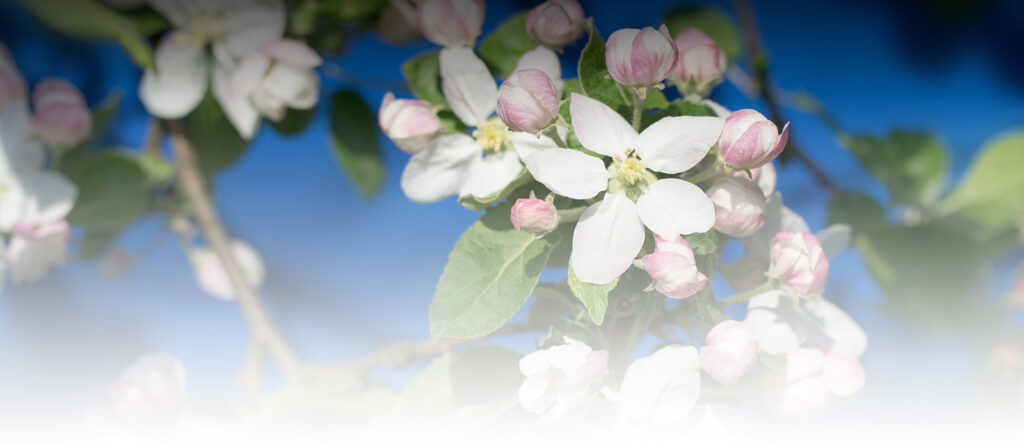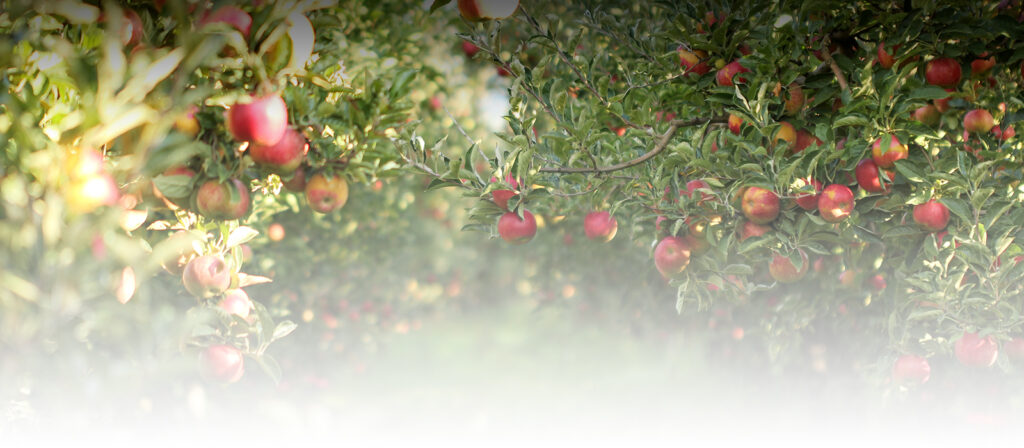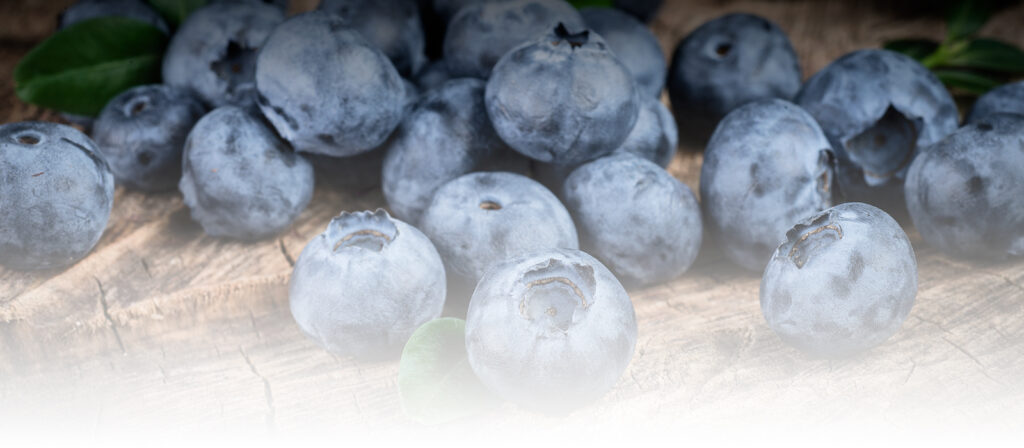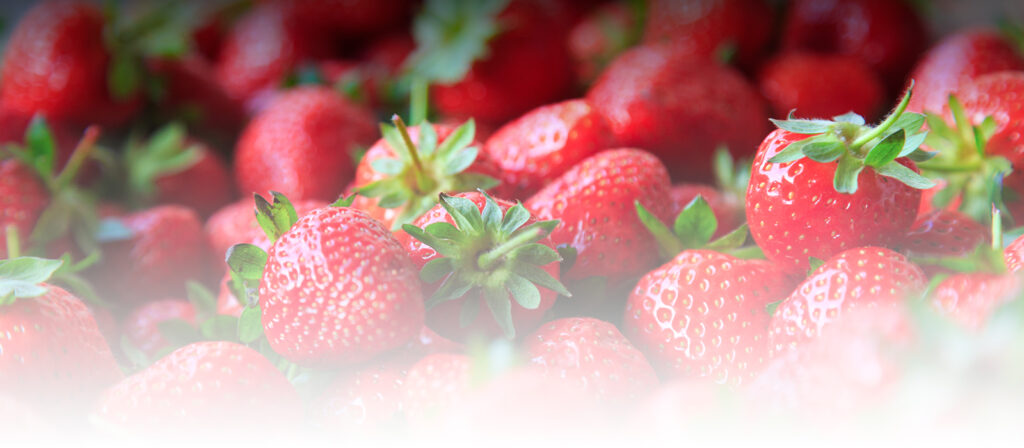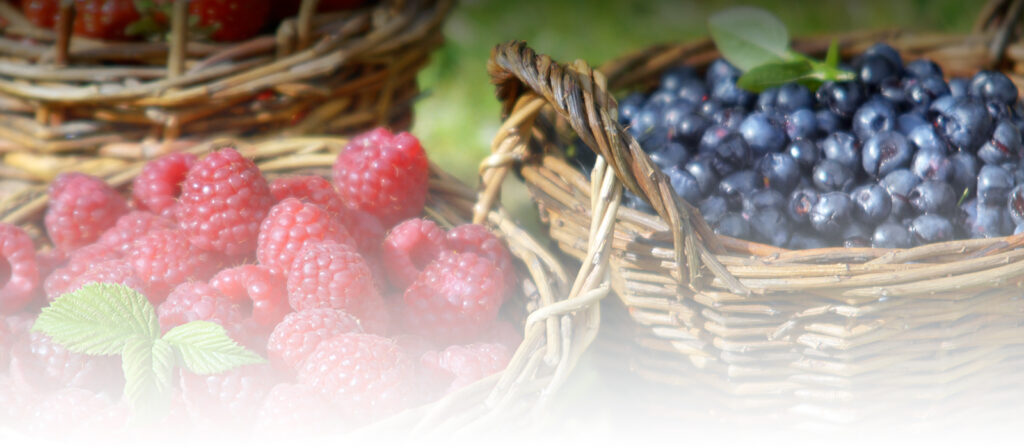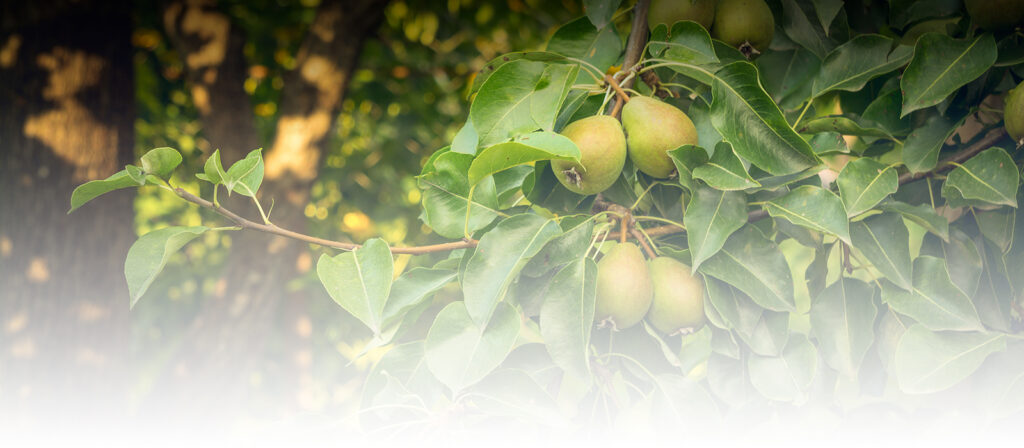Profesora EMMANOUIL TSANTAKIS no ETAM SA (www.etam.gr) skatījums uz viedo lauksaimniecību (diemžēl šobrīd angliski )
Data-Driven Agriculture is Key
If farmers could just upload their data to “the cloud” while watching YouTube on their smart phones, agriculture might be cool again.
According to the keynote speaker at the annual Purdue Ag Alumni Fish Fry, agriculture is the last major industry to experience digital transformation, and that’s partly due to the high cost of connectivity in rural areas. A farm may have Internet at the home or office, but that service often doesn’t extend to the crop fields.
Ranveer Chandra, chief scientist of Microsoft Azure Global speaking to the Purdue faithful in Indianapolis, is a computer scientist who believes that the future of agriculture—and feeding the world—rests in a low-cost method of precision farming. Chandra said that by year 2050, agriculture will need to increase production by 70 percent to feed a growing world population.
“It’s not just about feeding the world,” he said. “You need to give them good food. You need to grow this food in a sustainable way.”
The “most promising approach,” he said, is data-driven agriculture, where inputted information is used to drive efficiencies and sustainability throughout the supply chain. However, a lack of connectivity is keeping farmers from taking the next leap. Chandra started the FarmBeats project at Microsoft in 2015 as a way to provide a low-cost precision agriculture system.
His idea was to use a WiFisystem—through unused TV channels, or “white spaces,”—to measure soil moisture and climate. This system collects data through a combination of sensors, sparsely located throughout the field, and drone video that are stitched together through a unique algorithm to build soil maps. The maps show various factors like soil moisture, pH, temperature and humidity.
Chandra said these precision maps are three times more accurate than maps that rely only on sensors. By having more accurate maps, Chandra said farmers can apply moisture and nutrients only where they are needed. This boosts productivity, reduces cost and makes the farm more sustainable.
The Microsoft researcher said the FarmBeats program also provides low-cost, micro-climate forecasting and animal monitoring.
The data generated from this program is sent to the farmer’s computer, where all the computations and insights are generated. Then a summary is shipped to “the cloud.”
Chandra said Microsoft’s goal isn’t to sell this technology to growers but rather to help agriculture companies get these innovations into the market.
“We want to make agriculture cool again,” he said, noting the declining number of farmers worldwide. “We want more people to go back to agriculture so they can start using technology.”

